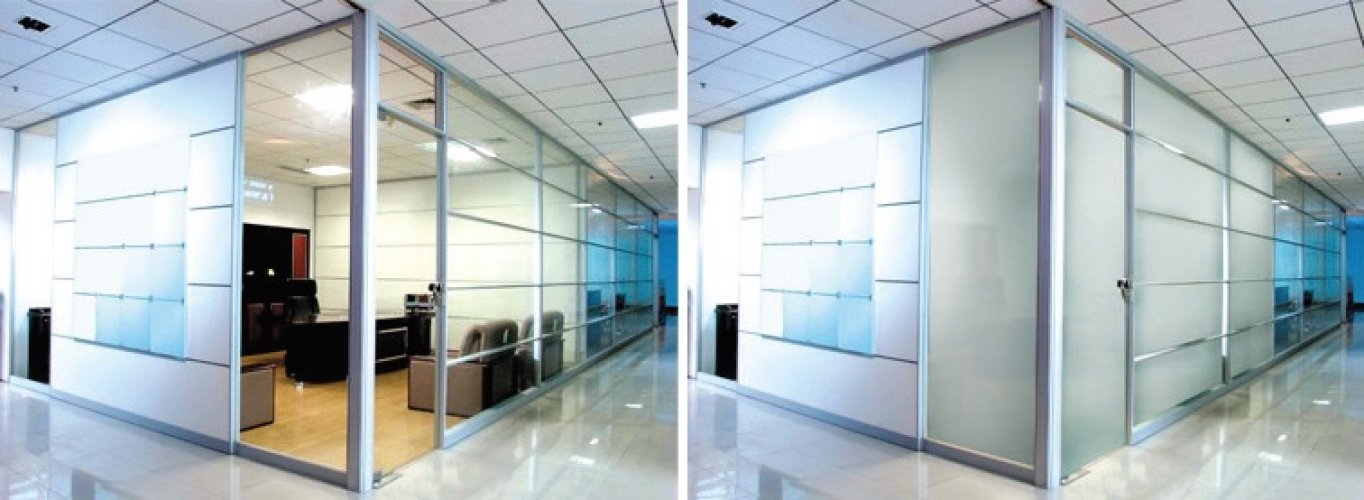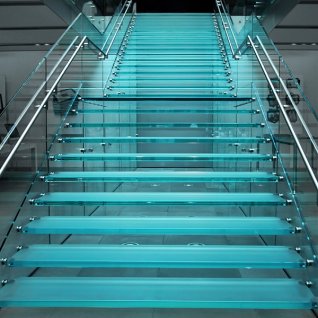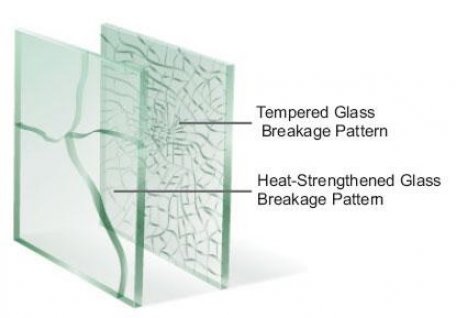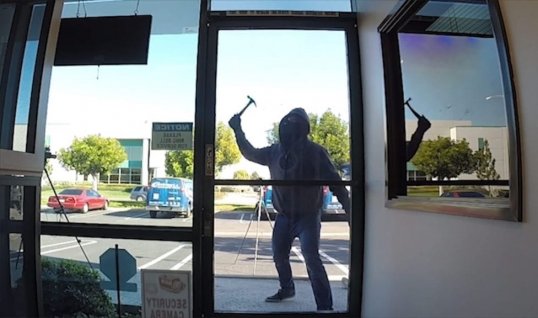“Smart” film alters from transparent to opaque in a laminated glass, simply, by the usage of electricity and a switch.
The "Smart" film is placed like the common PVB film between 2 float glasses of any thickness and with the use of common residential electricity, with a transformer and a common switch the triplex glazing becomes from transparent to opaque (mat).
- Offices
- Residential sites
- Commercial entertainment
- Aviation, maritime and rail transportation












